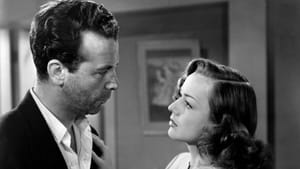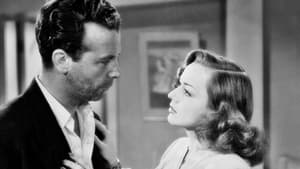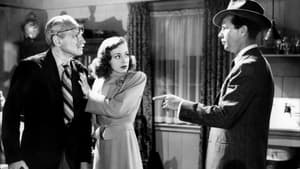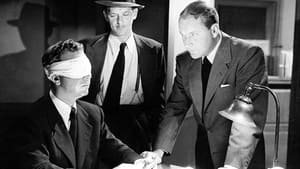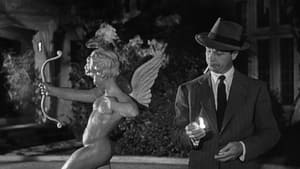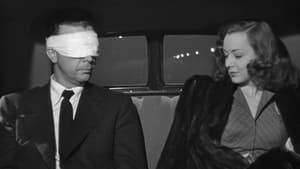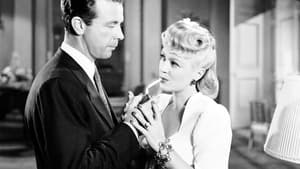Contact: [email protected]
Video Sources 0 Views
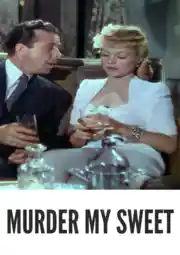
Synopsis
[ez-toc]




Introduction
In the kaleidoscopic realm of cinema, where black and white once reigned supreme, a new wave of artistry has emerged through the vibrant lens of colorization. In this article, we embark on a journey through time, exploring the delicate balance between preserving the authenticity of old films and infusing them with a modern vibrancy. Our focal point is the timeless classic, “Murder My Sweet Colorized” (1944), a film noir masterpiece directed by Edward Dmytryk.
The essence of our exploration lies in understanding the significance of colorized movies, particularly their role in bringing old films to life for contemporary audiences. As we delve into the art of film colorization, the intricacies of film restoration, and the cultural value of old movies, “Murder My Sweet Colorized” stands as a compelling case study, showcasing the evolution of colorization technology and the delicate dance between historical fidelity and artistic interpretation.
Read Media File Transfer Agreement: Terms and Conditions
Read FAQ
The Art of Film Colorization
Before we immerse ourselves in the alluring colors of “Murder My Sweet, Colorized” let’s unravel the art of film colorization. This transformative process involves infusing black and white films with a spectrum of colors, a meticulous task that demands both skill and respect for the original work. While purists may argue against tampering with the filmmaker’s original vision, the benefits of colorization cannot be ignored.
Colorization breathes new life into old movies, captivating modern audiences by making them more visually accessible and engaging. It is a delicate dance between preserving the essence of the past and adapting to contemporary tastes. The debate surrounding colorization is as old as the art form itself, with supporters praising its ability to revitalize classic films, while detractors question its impact on the authenticity of the original work.
Understanding Film Restoration
To truly appreciate the magic of colorized movies, we must first recognize the vital role of film restoration in preserving our cinematic heritage. Old films, like cherished relics, require careful handling to ensure their longevity. The restoration process involves cleaning, repairing, and re-scanning the footage, with digital remastering playing a pivotal role in revitalizing these cinematic treasures.
As we delve into the techniques employed in film restoration, the importance of maintaining the integrity of the original works becomes apparent. “Murder My Sweet Colorized,” with its atmospheric cinematography and gripping narrative, is a testament to the significance of preserving cinematic history. Director Edward Dmytryk’s vision, encapsulated in each frame, becomes a canvas for restoration artists to breathe new life into a bygone era.
The Significance of Old Movies
Beyond the technicalities of restoration lies the heart of our exploration—the significance of old movies. These cinematic milestones serve as time capsules, offering a glimpse into the past and contributing to our cultural heritage. “Murder My Sweet Colorized” stands tall in this pantheon, not merely as a film noir gem but as an artistic achievement that shaped the genre itself.
Director Edward Dmytryk, with his visionary approach, sculpted the visual style and narrative themes of “Murder My Sweet,” leaving an indelible mark on the film noir landscape. As we journey through the shadows and light of this cinematic masterpiece, we unravel the layers of its cultural impact, underscoring the enduring relevance of old movies in shaping our understanding of the world.
The Evolution of Colorization Technology
The path to colorizing old films is a journey marked by technological advancements and artistic interpretation. From the rudimentary hand-painting methods of yesteryear to the sophisticated digital algorithms of today, colorization has undergone a metamorphosis. Recent strides in technology have elevated the process, enabling a more faithful recreation of the original colors.
Yet, the evolution of colorization technology is not without its challenges. The tension between artistic interpretation and historical fidelity persists, with purists questioning the need for a colored lens on the monochrome canvas. In this ever-changing landscape, “Murder My Sweet” takes center stage, allowing us to witness firsthand the seamless marriage of classic aesthetics with modern vibrancy.
Case Study: “Murder My Sweet Colorized” Colorized Version
As we turn our attention to the colorized version of “Murder My Sweet Colorized,” we step into a realm where black and white converges with a spectrum of emotions. The decision to add color to this noir classic was not taken lightly; it was a meticulous process aimed at enhancing the visual experience for a new generation while preserving the essence of the original work.
Comparing selected scenes from the original black and white film with their colorized counterparts, the visual enhancement becomes evident. The mood, the atmosphere—all take on a new dimension, inviting the audience to rediscover the nuances of this cinematic gem. The Blu-ray releases of “Murder My Sweet Colorized” further elevate the experience, offering additional insights and special features that enrich our understanding of this noir masterpiece.
Preserving Cinematic History Through Colorization
In the grand tapestry of cinema, colorization emerges as a powerful tool for revitalizing old films and preserving cinematic history. “Murder My Sweet Colorized” stands as a beacon, guiding us to appreciate the delicate dance between the past and the present. As we encourage readers to explore both the original black and white versions and their colorized renditions, we foster a deeper appreciation for the nuanced layers of filmmaking.
Supporting film archives and organizations dedicated to restoration work becomes a collective responsibility. Through our individual contributions, we become stewards of cinematic heritage, ensuring that future generations can experience the magic of old movies in all their colorful glory. The dichotomy of black and white versus color becomes a celebration of diversity in storytelling, inviting audiences to embrace the kaleidoscope of cinematic history.
Conclusion
In the ever-expanding palette of cinema, the allure of colorized movies transcends time. “Murder My Sweet Colorized,” with its noir mystique and colorized brilliance, becomes a testament to the enduring power of old films. As we bid adieu to the monochrome shadows and embrace the vibrant hues of the past, let us revel in the dual role of colorization—celebrating the timeless classics that shaped our cinematic landscape while engaging the present generation in a visual spectacle that knows no bounds. Experience the magic of colorized movies for yourself, and let the cinematic journey continue in living color.
